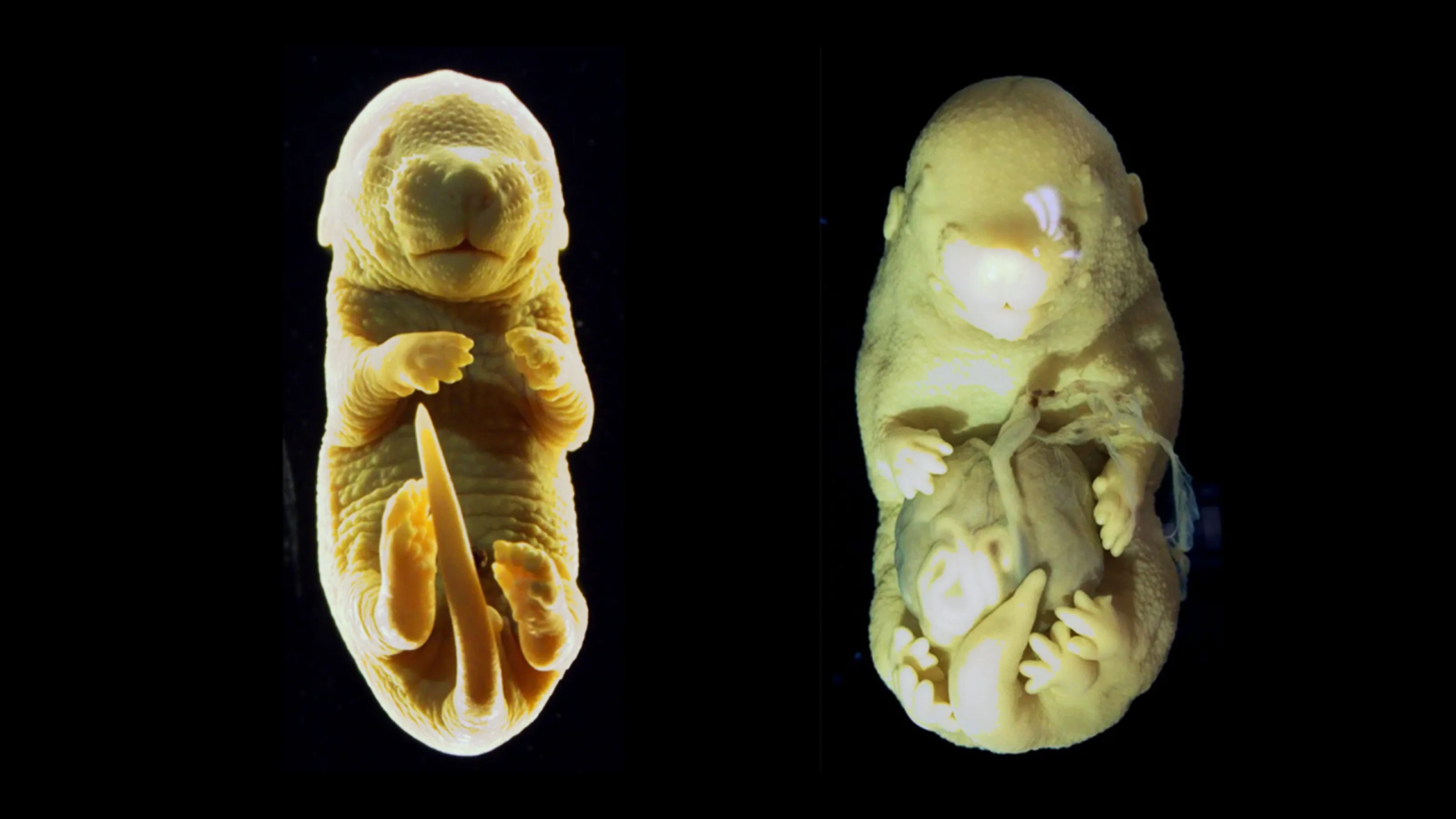Science says you should pet your dog before leaving

Credit: CoreyOHara/Adobe Stock
- Just exactly how much are dogs upset when we leave?
- A new study finds that dogs spend time looking for us after we’re gone.
- The experiment also found that dogs are more relaxed when we give them an affectionate, gentle petting before leaving.
Between the heartrending sad eyes when we leave and the explosion of happiness when we return, many (rightfully flattered) dog owners reasonably wonder what happens in-between. The physical evidence suggests nothing really bad happens—outside the occasional chewed slipper—but it’s nonetheless clear our dogs would prefer not to be left behind.
A new study from researchers at the Universities of Pisa and Perugia, Italy, confirms that canines don’t exhibit signs of extreme upset while we’re away. However, the scientists found that dogs do have an easier time emotionally when we give them an affectionate, gentle petting before leaving.
The study is published in ScienceDirect.

Credit: SUJIN/Adobe Stock
The researchers conducted experiments with 10 healthy dogs between 1-11 years old and without unusual attachment issues. Six were spayed females and four were neutered males. The group was composed of seven mixed-breed dogs, one Labrador retriever, one Hovawart, and one Chihuahua.
The tests were conducted in an outdoor, fenced-in area and were videotaped for later analysis. Their owners walked their leashed dogs into the fenced area where they greeted a researcher, AKA Test Leader 1. A second researcher measured the dog’s heartbeat using a phonendoscope and quickly departed.
Each dog was tested twice. In the first test, called the NGT (“No Gentle Touch”) test, the owner and Test Leader 1 chatted for minute, essentially ignoring the dog. For the second, WGT (“With Gentle Touch”) test, the owner petted the dog during the one-minute Test Leader 1 chat.
In both tests, after the brief chat, the owner handed the leash to Test Leader 1 and hid behind a shed for three minutes at a distance considered too far for the dog to pick up its owner’s scent. The dog was free to move around the enclosure to the extent that the 1.5 meter leash allowed. The dogs spent a significant amount the time looking for their owner—in three minutes, they searched for between 84.5 and 87.5 seconds.
After the separation, Team Leader 1 called over the owner, and the leash was handed off. After 15 minutes of light activity, the dog’s saliva was tested for the presence and level of the stress hormone cortisol.
All dogs participated in both tests, separately. Tests were spaced 5-9 days apart and took place at roughly the same times for consistency of cortisol levels.
The researchers found that when dogs had been petted they exhibited a more relaxed demeanor during the separation.
The canines’ heart rates were tested before and after separation—they may have been elevated from the start from the car trip to the test site. After the NGT test, dogs’ heart rates were unchanged by the separation. After the WGT test, dogs’ heart rates actually went down, indicating the experiment left them more relaxed than they were when they arrived.
Cortisol levels were the same after both tests.
The study suggests it would be a good idea to develop the habit of building in a little extra departure time for your buddy each time you plan to leave home. Your dog will be happier for it.





